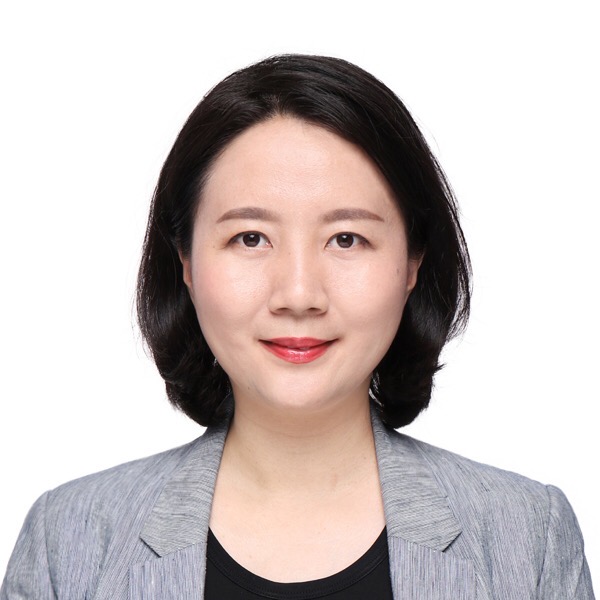Four years ago, a wave of defaults by Chinese property developers brutally burned Asia’s high yield bond market, which was heavily concentrated in the troubled sector.
Things have turned around since and not everyone has noticed. The asset class has rebounded strongly. And it appears healthier than before, with a more balanced, diversified pool of issuers and a better risk-reward profile.
No longer “all about China property”
Dozens of Chinese developers’ defaults have reduced the share of China property in the market from 30 per cent five years ago to 5 to 6 per cent today. The shares of other sectors and countries have risen, and new issuers have emerged. Asian financials now account for close to 30 per cent of the market, compared with less than 10 per cent in early 2020. Fidelity International portfolio managers Tae Ho Ryu and Terrence Pang argue that this tremendous structural shift is beneficial to investors seeking a good balance between return and risk.
“It really affords us to be able to select a bit more and express an active view towards the underlying universe,” says Pang in reference to Asian high yield bonds. “Because ultimately what you want is a universe that allows us to improve the overall risk and return spectrum.”
As the market evolved to be more diversified and Asia’s economy recovered from the pandemic, the asset class has seen default risks decline in recent years. The year-to-date default rate (excluding China property) in 2025 is about 0.5 per cent, close to the lowest level in 10 years.
Since US President Donald Trump unveiled his “Liberation Day” tariffs in April, there have been worries about their impact on Asia’s export-oriented economies. But the direct impact on Asian high-yield borrowers is likely to be limited, says Pang, given that most of them are domestically oriented. Also notable for the asset class is how well it is cushioned from some potential sources of market volatility by high absolute yield levels.
“The carry is providing you with a big buffer and then you don't have a lot of spread risk if you don't have permanent capital loss from default. That means the risk and reward of the asset class, even in a global tariff scenario, will be actually quite attractive,’’ says Pang.
A compelling story
A modest supply of issues is supportive for the market’s performance. Relatively shorter duration, compared with global peers, could shield investors against the volatility caused by ongoing uncertainty over global trade and US economic policy. Most notably, Asia high yield bonds exhibit a low correlation with US assets, making it an attractive tool for diversification. The 10-year correlation with US Treasuries is 0.2, while that with US equities is 0.4.
All these features make the asset class a potential solution for people who desire income, says Ryu.
“It's ultimately the steady coupon […] investors can reap the benefit of,” he says. “The essential point for us is: does the asset class provide and can it help achieve certain investment objectives? And as of this moment, our opinion is yes.”
Still, investors need to be cautious about potential risks. First, watch out for credit risk of certain issuers that could become big enough to affect the entire universe. Second is shifts in investor sentiment, which could spill over from other asset classes.
In this ever more complex macro and geopolitical environment, it’s important to adopt a bottom-up approach to Asia high yield investing, say both Ryu and Pang. Instead of favouring certain countries or sectors, they focus on security and issuer selection to capture the most attractive opportunities across a diversified investment universe.
“The critical part is really the bottom up and getting the company right,” says Ryu. “That's where you can make a big difference.”











































